Experimental and Numerical Analysis on the Formability of a Heat-Treated AA1100 Aluminum Alloy Sheet
Revista : Journal of Materials Engineering and PerformanceVolumen : 24
Número : 10
Páginas : 4156-4170
Tipo de publicación : ISI Ir a publicación
Abstract
The objective of this work is to experimentally and numerically determine the influence of plastic anisotropyon the forming limit curve (FLC) for a heat-treated (300 C-1 h) AA1100 aluminum alloy sheet. TheFLCs were obtained by the Nakajima test, where the anisotropy effect on the FLC was evaluated usinghourglass-type samples taken at 0, 45, and 90 with respect to the sheet rolling direction. The effect ofcrystal orientations on the FLC is investigated using three micro-macro averaging schemes coupled to aMarciniak and Kuczynski (MK) analysis: the tangent viscoplastic self-consistent (VPSC), the tuned strengthaVPSC, and the full-constraint Taylor model. The predicted limit strains in the left-hand side of the FLCagree well with experimental measurements along the three testing directions, while differences are foundunder biaxial stretching modes. Particularly, MK-VPSC predicts an unexpected limit strain profile in theright-hand side of the FLC for samples tested along the transverse direction. Only MK-aVPSC, with atuning factor of 0.2, predicts satisfactorily the set of FLC measurements. Finally, the correlation of thepredicted limit strains with the predicted yield surface by each model was also discussed.




 English
English
